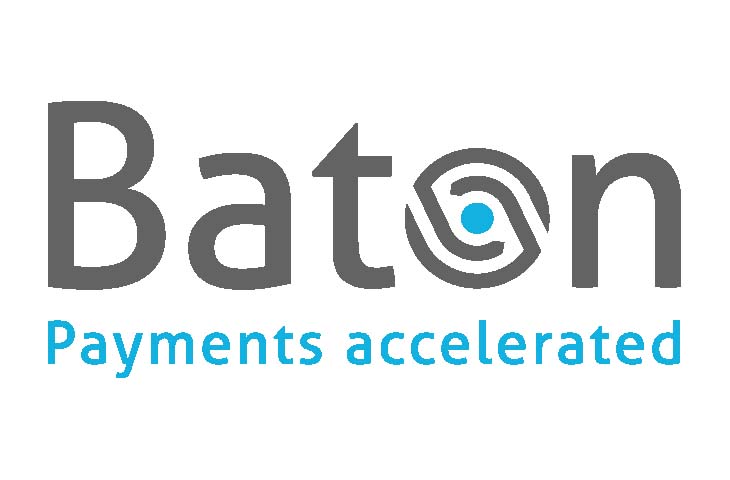Banks have been using the same payment systems for decades. What improvements are needed to make these systems more efficient?
Banks have traditionally used batch systems to send payment instruction sets together at set intervals. There is opacity in payments across the post-trade world. This opacity increases risk, and further adds delays and costs. All of this is happening while the volume of trading has gone up; so, it is fair to say that the legacy payment systems responsible for clearing and settlements are not able to keep pace with the needs of markets for increased speed, transparency and overall efficiency.
Recently, we’ve seen higher levels of efficiency in event-based systems used in front-office operations. These systems are designed to track a wide range of specific events, ranging from a breaking news item to an order or a price tick. By incorporating an event-based design into post-trade processing and payments, institutions can improve the velocity of their operations, clearing and settlement, risk and reduce stressors on business arms
How are regulations impacting the post-trade and payments process?
One of the ongoing issues that market participants face is a lack of transparency, which in turn leads to increased market and counterparty risk.
Following the financial crisis of 2008, regulators in the US and across Europe cracked down on transparency, requiring more data and analysis around transactions. Ten years after the crisis, Dodd-Frank has fundamentally changed the financial markets, while mandates like FATCA, EMIR and AIFMD have played a key role in increasing transparency.
MiFID II will go into effect on January 3, 2018, but a substantial portion of the industry isn’t sufficiently prepared. Despite efforts by regulators, there still seems to be a disconnect between their policies and the rest of the industry due to the complex requirements laid out.
What do you see as the largest hurdle for financial institutions in addressing these technology inefficiencies?
Banks are facing two types of inefficiencies – operational and capital. Typically, the clearing and settlement process will take several days to process due to banks’ use of disparate ledgers to process a transaction. It’s analogous to two people speaking different languages and trying to accomplish a task without a translator relaying the messages. Hardly optimal.
Many of these archaic solutions have been built internally, taking several months to years to complete. These operational inefficiencies lead to drastically higher costs, limited scalability of the technology, and systems incapable of evolving to meet new market and regulatory challenges.
Do you see all current payments strategies ultimately leading to broader use of the blockchain down the road?
There’s no doubt that the blockchain poses a great deal of potential for major banks and global financial services. However, financial institutions are risk averse when it comes to disruptive technologies, and have tight budgets for any technology investments.
It’s going to be awhile before we see wide adoption of blockchain technology, but the concept that underlies the blockchain is still of great importance.
Blockchain inspired our solution’s architecture, but we’ve cut out the core issue of interoperability by making it ledger-agnostic to work within existing or blockchain-based systems.
Banks are looking for a readily available solution that addresses their technology needs today, not after years of development and stumbles.
What are some of the top trends that you believe will be a focus in the payments space in 2018?
Regulation will always be a major factor in dictating how market structure evolves. Over the next year, I think we can expect regulators in both the US and Europe to focus more on real-time transparency into systemic risk.
Blockchain testing at some of the world’s largest institutions and central banks will continue, which will likely lead regulators to continue directing more attention to what’s happening with distributed ledger technology.
Banks are going to continue their odyssey to cut costs while increasing efficiency as balance sheets and budgets continue to shrink. Along those lines, I think we’ll see more consolidation across trading desks to address operational and capital inefficiencies. If banks recognize the opportunity of a streamlined, transparent and interoperable outsourced solution for clearing and settlement, instead of pouring resources into rebuilding their own systems, they will see positive results over the next 12 months.









